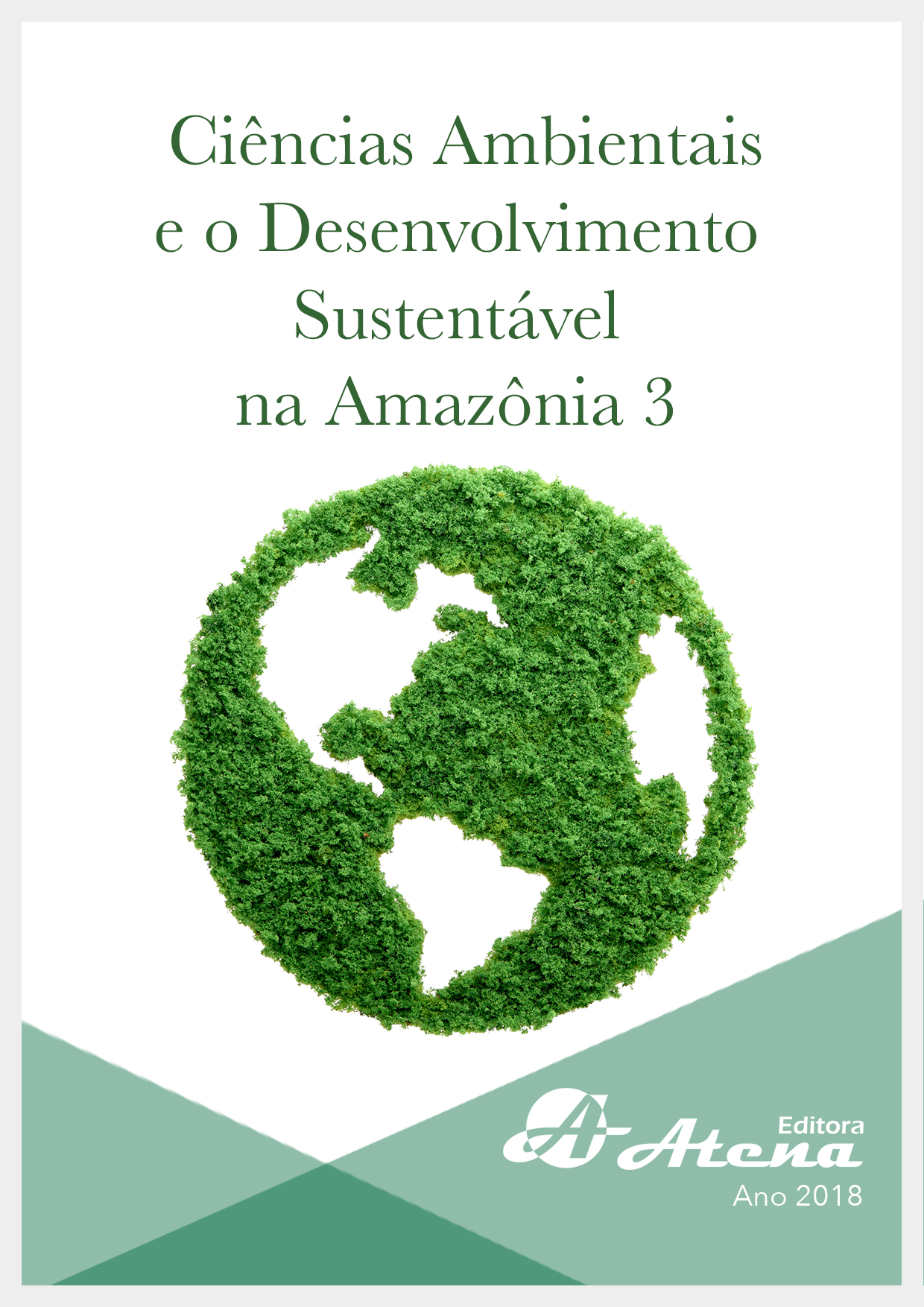
PLANTAS TÓXICAS DO ACERVO DO HERBÁRIO IAN: EUPHORBIACEAE JUSS. RISCO/BENEFÍCIO NA SAÚDE DOS SERES VIVOS
Euphorbiaceae Juss. é uma das
maiores e mais complexas famílias das
Angiospermas, com cerca de 6.300 espécies
e 245 gêneros assume posição de destaque
nos trópicos e subtrópicos, especialmente nos
continentes americano e africano. No Brasil, está
representada por 63 gêneros e 950 espécies
distribuídos em todas as regiões. Muitas
espécies da família apresentam um alto grau de
toxicidade para humanos e animais em várias
partes do mundo. Objetivamos o levantamento
de plantas tóxicas desta família existentes no
acervo do herbário IAN, esclarecendo riscos e
os motivos para serem evitadas. O estudo foi
baseado em material herborizado, depositado
na coleção do herbário IAN, filtrado do Sistema
BRAHMS apenas espécies consideradas
como tóxicas existentes na literatura. Foram
registradas 5.447 amostras da família
Euphorbiaceae no acervo do Herbário IAN,
classificadas em 88 generos e 1.636 espécies.
Dentre as espécies que apresentam toxicidade,
existem 45 espécimes de Croton cajucara
Benth, 45 de Manihot esculenta Crantz., 27
Jatropha gossypiifolia L., 19 Jatropha curcas
L., 17 Phyllanthus niruri L., 7 Ricinus communis
L., 6 Euphorbia tithymaloides L., 5 Aleurites
moluccanus L., 5 Cnidoscolus urens L., 3
Manihot glaziovii Müll., 2 Euphorbia pulcherrima
Wild., 1 Euphorbia cotinifolia L., 1 Cnidoscolus
phyllacanthus Müll., 1 Ditaxis desertorum Pax
et K. Hoffm, 1 Jatropha multifida L., totalizando
15 espécies. Acreditamos na importância
da realização de estudos toxicológicos,
fitoquímicos e farmacológicos sistematizados
a fim de contribuir na profilaxia e redução no
número de casos de intoxicação, além de
conscientizar a população acerca do perigo em
potencial que estas espécies representam.
PLANTAS TÓXICAS DO ACERVO DO HERBÁRIO IAN: EUPHORBIACEAE JUSS. RISCO/BENEFÍCIO NA SAÚDE DOS SERES VIVOS
-
DOI: Atena
-
Palavras-chave: Euphorbiaceae. Toxicidade. Coleções Botânicas. Medicina Popular.
-
Keywords: Euphorbiaceae. Toxicity. Botanical Collections. Popular Medicine
-
Abstract:
Euphorbiaceae Juss. is one of the
largest and most complex families of the Angiosperms, with about 6,300 species and
245 genus. It occupies a prominent position in the tropics and subtropics, especially in
the American and African continents.In Brazil, it is represented by 63 genus and 950
species distributed in all regions. Many species of the family present a high degree of
toxicity for humans and animals in several parts of the world. We aim to survey the toxic
plants of this family in the collection of the IAN herbarium, clarifying risks and the reasons
to avoid them. The study was based on herbal material, deposited in the collection of
the IAN herbarium, filtered from the BRAHMS System only species considered as toxic
in the literature. 5,447 samples of the Euphorbiaceae family were registered in the IAN
herbarium collection, classified in 88 genus and 1,636 species. Among the species
that present toxicity, there are 45 specimens of Croton cajucara Benth, 45 de Manihot
esculenta Crantz., 27 Jatropha gossypiifolia L., 19 Jatropha curcas L., 17 Phyllanthus
niruri L., 7 Ricinus communis L., 6 Euphorbia tithymaloides L., 5 Aleurites moluccanus
L., 5 Cnidoscolus urens L., 3 Manihot glaziovii Müll., 2 Euphorbia pulcherrima Wild., 1
Euphorbia cotinifolia L., 1 Cnidoscolus phyllacanthus Müll., 1 Ditaxis desertorum Pax
et K. Hoffm, 1 Jatropha multifida L., totaling 15 species. We believe in the importance
of systematized toxicological, phytochemical and pharmacological studies in order to
contribute to the prophylaxis and reduction in the number of cases of intoxication, in
addition to making the population aware of the potential danger that these species
represent.
-
Número de páginas: 15
- Gabriely dos Santos
- Jone Clebson Ribeiro Mendes
- Sebastião Ribeiro Xavier Júnior
- Silvane Tavares Rodrigues


